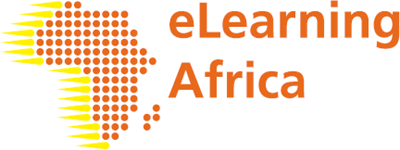
This is taken from the eLearning Africa 2009 website and refers to Smart Whiteboards, which are basically interactive digital whiteboards:
“Initially the teachers were hesitant about using the boards, as they felt their lack of experience with the technology might let down their pupils. However, after initial training – and sessions where teachers shared their learning experiences with each other – they felt confident enough to brave the classrooms. First up was principal Felicity Sasman, who used her Grade 7 mathematics pupils as her test subjects. Other teachers’ uncertainties also dissipated, as they used the interactive whiteboards and found that their pupils were totally receptive to their lessons, particularly those with audio-visual content.
The SMART Board interactive whiteboards “give pupils the confidence to take part in lessons. They find it easier to express themselves through using the whiteboard,” says Sasman. “They become so absorbed in their lessons that it makes teaching a pleasure, and much more fun. The technology is ‘cool’, so they feel advantaged in being able to use it – something that is important to these youngsters. It has opened new horizons for them. Many children do not know much of the world beyond their immediate environment, so being able to access information through the Internet and bring images and sounds from across the globe into their learning experience has opened up a world of possibilities for them.”
The possibilities of applying these in a classroom environment are intriguing as they would stimulate interactive learning. Smart Technologies enjoy a good reputation, but one wonders how cost prohibitive these might be especially for African schools. The danger exists that once the funding runs out, these schools are left with no choice but to return to older classroom methods for instruction.
Either way, take a look for yourself at their website.

And this is the example that I was acquainted with at St. Dominic’s Elementary in Youngstown, Ohio.
